EMA vs DYNAMIC Moving Average tested 100 TIMES and this happened?
Is McGinley Dynamic better than a Simple or Exponential Moving Average? Well, I took 100 trades with it to find that out. One of the popular moving average strategies is the 9 and 21-period crossover strategy, and after taking 100 trades with both Exponential and Simple Moving Averages on the Trading Rush Channel, we found out that they are profitable in the long run. But can the McGinley Dynamic moving average perform well or even better, with its unique way of adjusting to the different market conditions?
When taken 100 trades on almost the same market structure, where the Simple and Exponential Moving Average crossover strategies got a profitable win rate, the McGinley Dynamic started with a loss. The profit line then started to move in the sideways direction for a while instead of making a profit as the SMA strategy did.
Wait a minute. Didn’t I say in the McGinley Dynamic video that on timeframes like 30 mins, the McGinley Dynamic is just a half-length Exponential Moving Average.
Well, yes, and that’s exactly why you don’t see the McGinley Dynamic perform similar to the Exponential or SMA strategy.
And because we know McGinley Dynamic is just a half-length Exponential Moving Average on 30 mins, in this video, we are not only testing the McGinley Dynamic strategy but also the Exponential Moving Average Strategy with higher lengths.
In simple words, in the 9 and 21 period McGinley Dynamic moving average crossover strategy, the 9 period McGinley Dynamic, is showing almost the same values as an 18 period Exponential Moving Average, and a 21 period McGinley Dynamic is showing almost the same thing as a 42 period Exponential Moving Average. You can check out the previous video to learn more.
If you have been trading for a while, you can tell that a longer period moving average will react to price slower, than a faster period moving average. Because of this, McGinley Dynamic didn’t give entry signals where the Exponential Moving Average did and won. However, McGinley Dynamic also gave fewer false signals in a row in some cases, compared to the Exponential Moving Average Crossover Strategy.
But after 100 Trades, the McGinley Dynamic Trading Strategy got a 43 percent approximate win rate with a 1.5 to 1 reward risk ratio. The same strategy, but with Exponential Moving Average and Simple Moving Average, got 47 and 48 percent approximate win rates respectively.
So in the long run, the 9 and 21 period EMA strategy that many traders use, is still better than the McGinley Dynamic, or in other words, better than the 18 and 42 period Exponential Moving Average crossover trading strategy.
4.2+7.4+4+4+4.5
The McGinley Dynamic Crossover Strategy gets a TR Score of 24.1 out of 50, and ranks 27th from the top, below the Hull Moving Average with SMA strategy, and above the Fisher Transform Trading Strategy.
That’s all.

